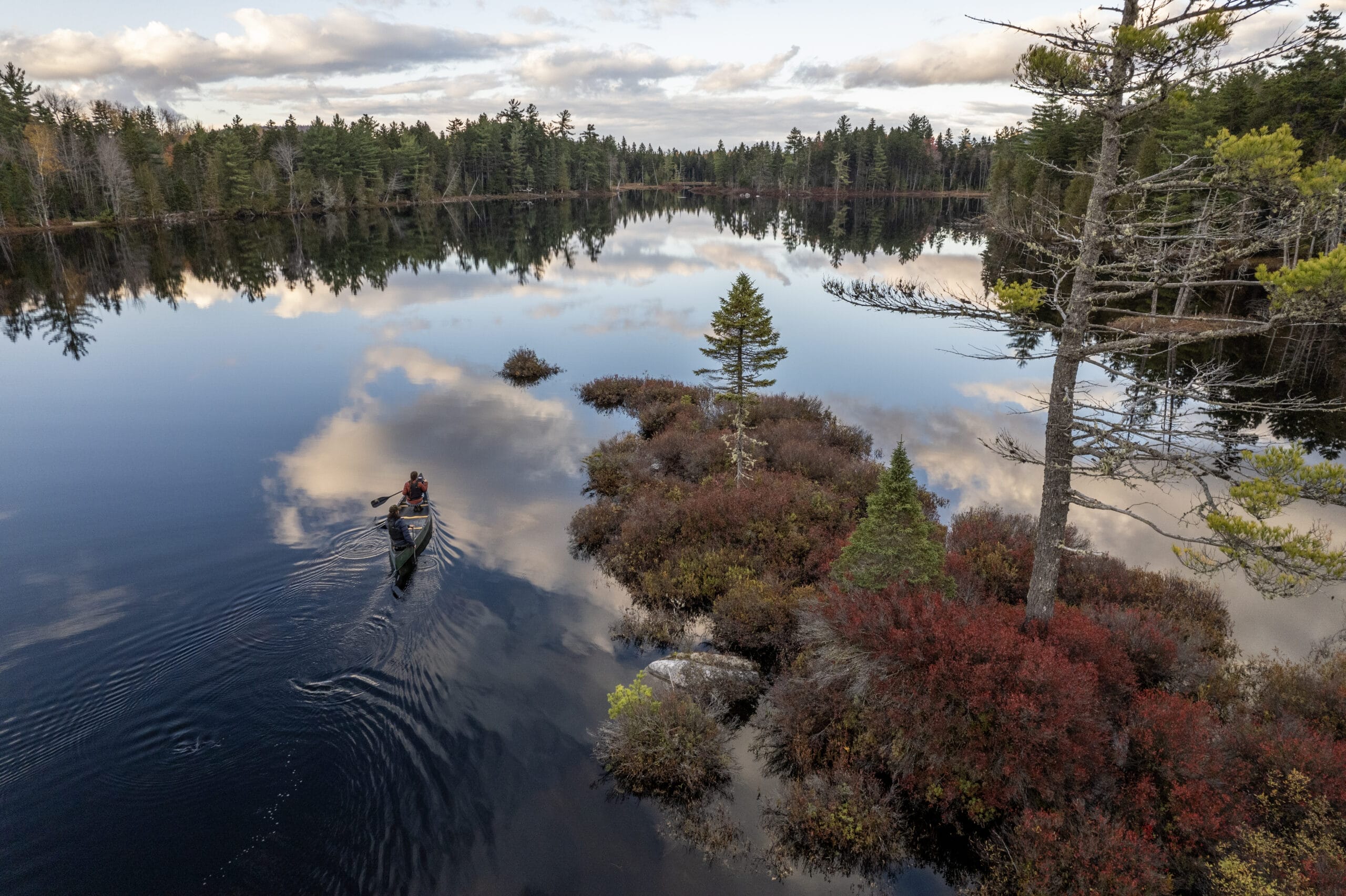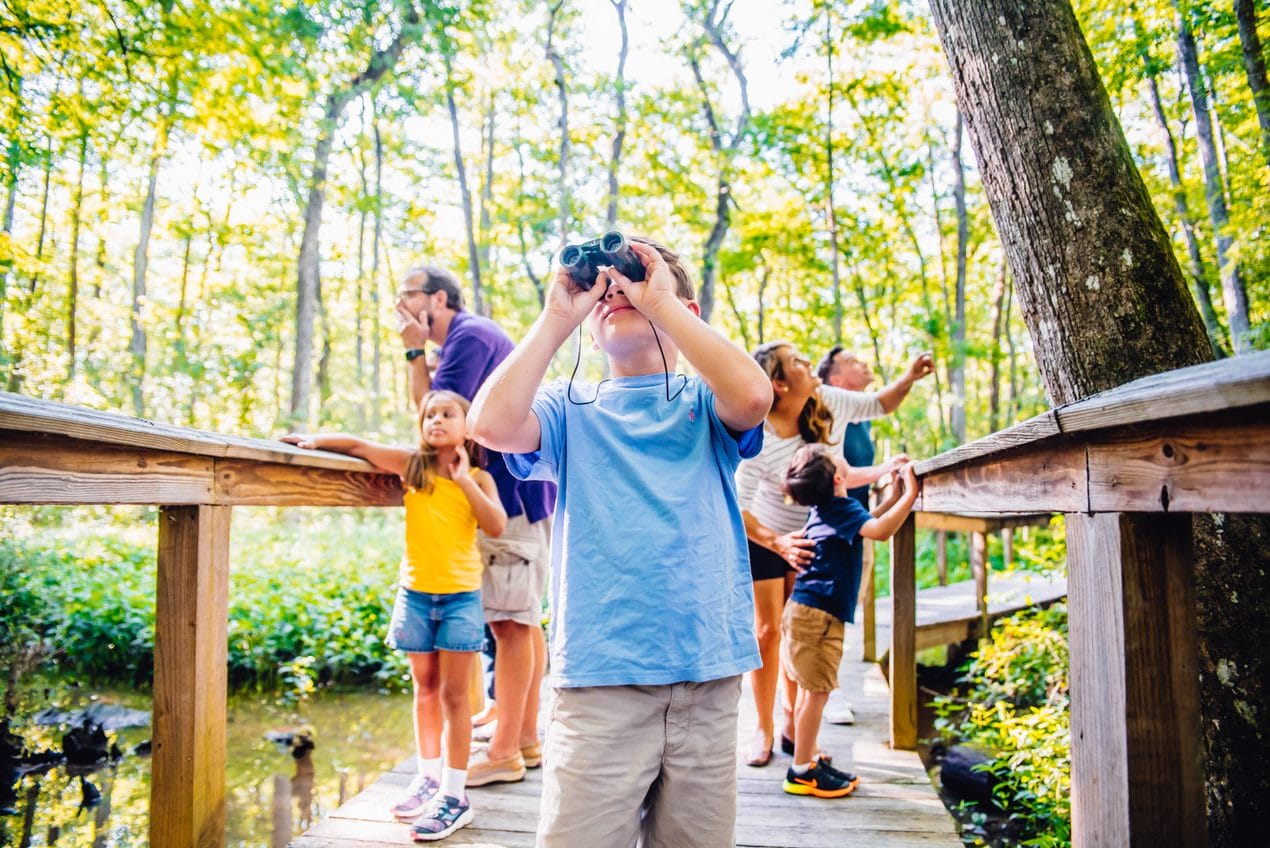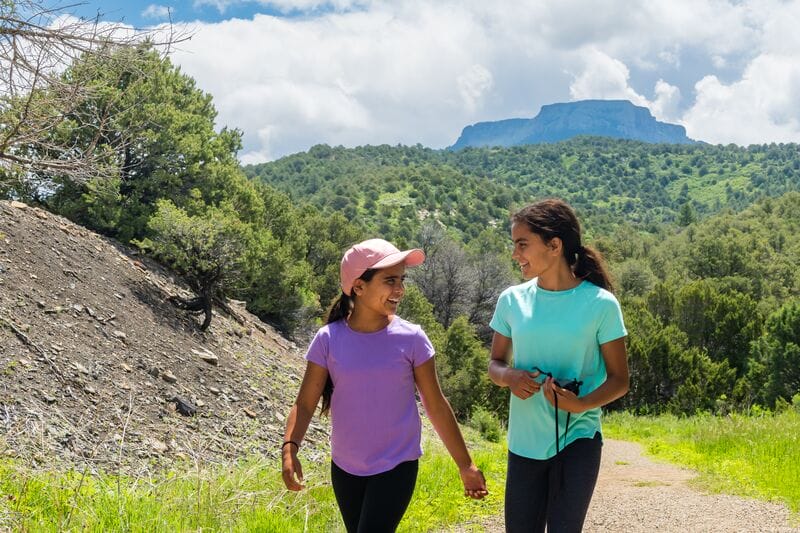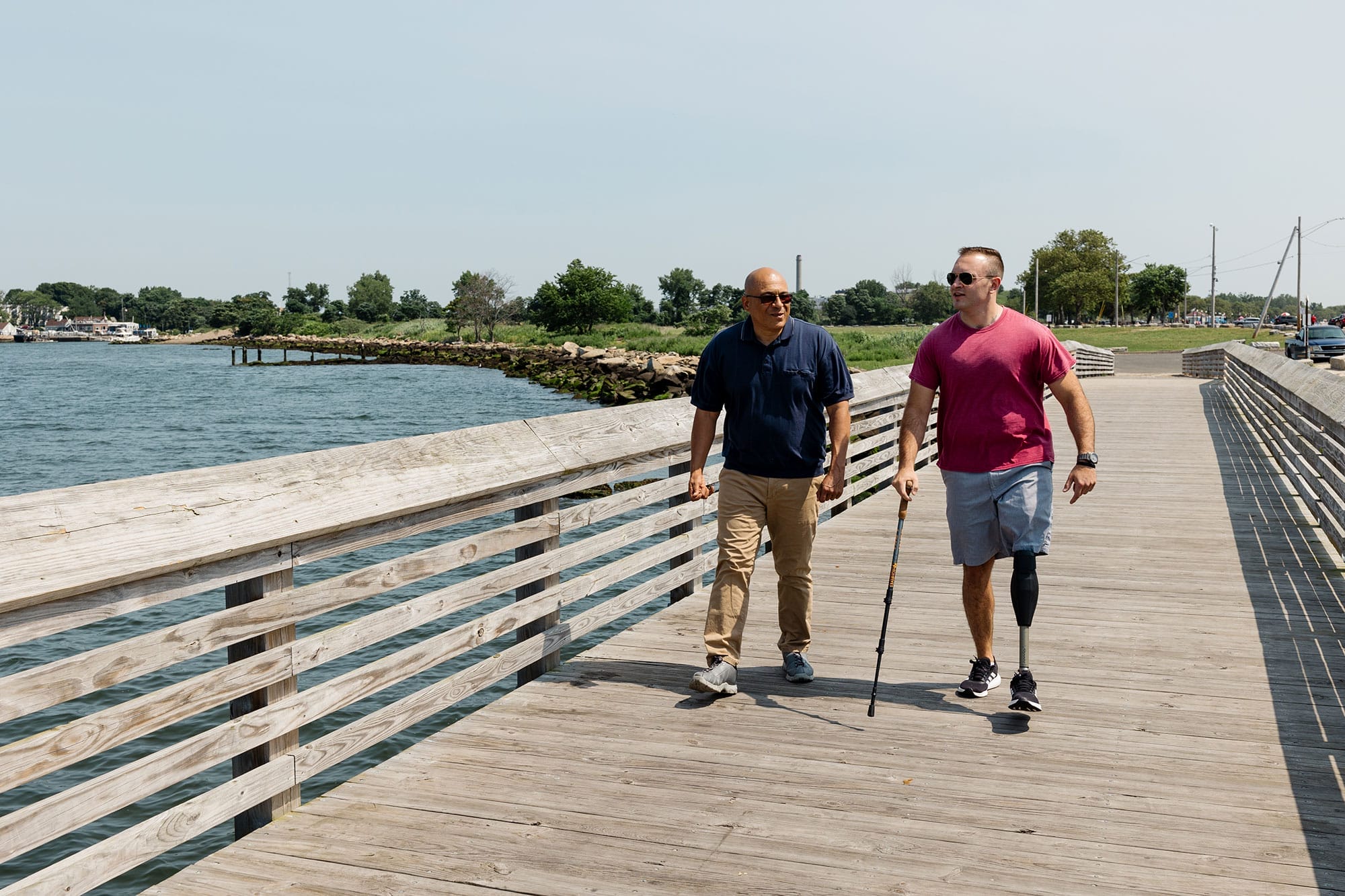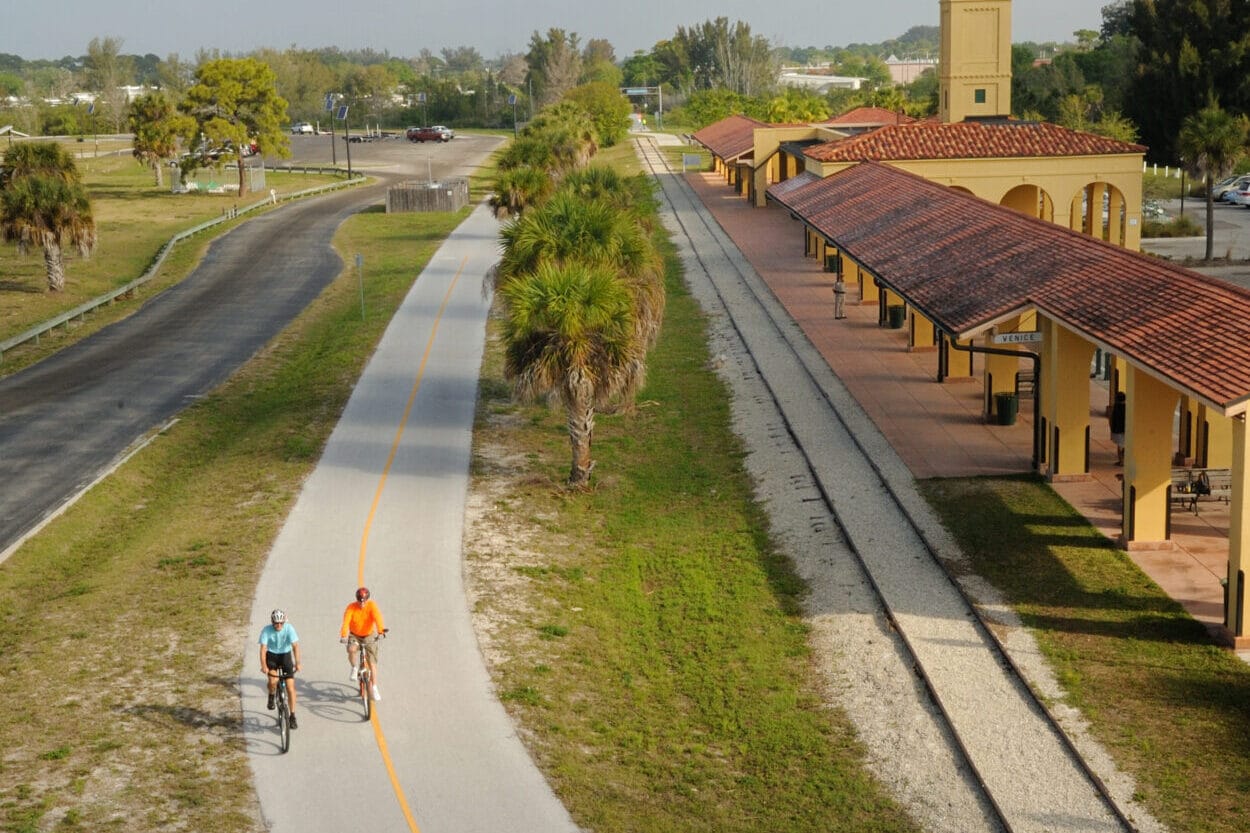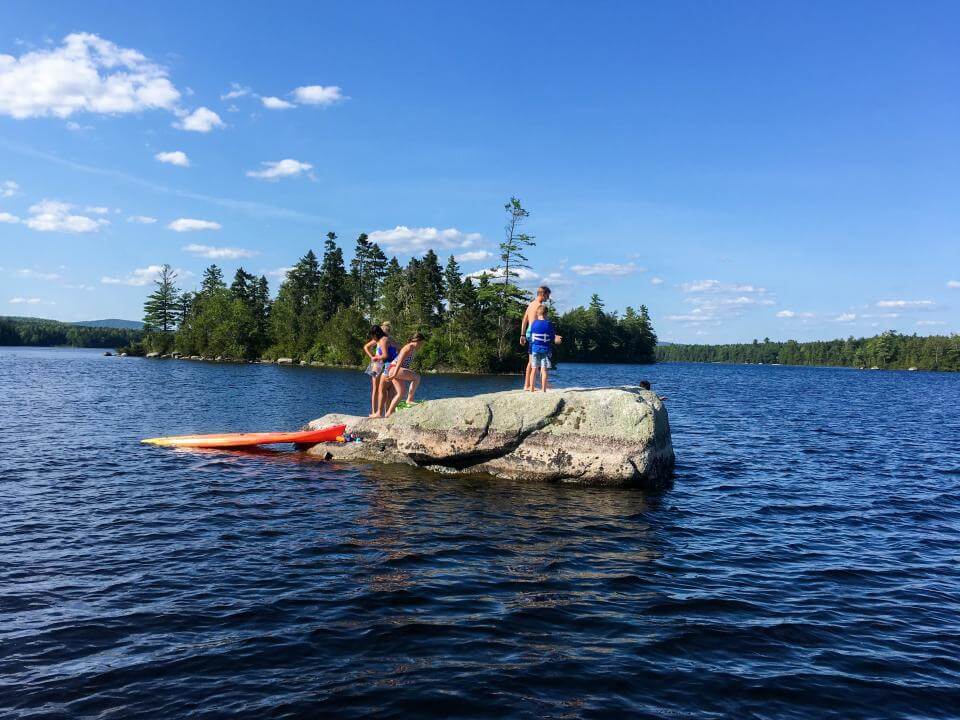
Community Forest in Maine Expands
Community Forest in Maine Expands
Two decades ago in Grand Lake Stream, Maine, a group of neighbors with virtually no experience in the conservation field got together to protect local forestland that was threatened by potential development.
Timber investors were swooping into the region, heavily harvesting trees, and then selling the land to real estate developers and others whose plans for the land didn’t necessarily include access to the public for traditional recreation and economic activity.
The neighbors’ efforts resulted in the creation of the Downeast Lakes Community Forest, a model of the movement to conserve the rapidly disappearing forests of the Northeast through public or nonprofit ownership. In places like Grand Lake Stream, protecting public access to recreational activities is essential. That’s because outdoor activities power these local economies.
In separate transactions, the Downeast Lakes Land Trust—a nonprofit founded by the community in 2001—protected 55,678 acres, making it one of the largest community forests in the nation. In November 2021, we joined forces with the Downeast Lakes Land Trust to expand the Downeast Lakes Community Forest by 2,015 acres. The new parcel, which the owner was ready to subdivide into dozens of lakefront lots, is not contiguous with the existing community forest—at least not by land. But it does connect via Sysladobsis Lake, an eight-mile-long water body dotted with rustic camps and lodges. With two miles of shorefront, the new addition hugs the lake’s northern rim, while the original community forest surrounds its southern end.
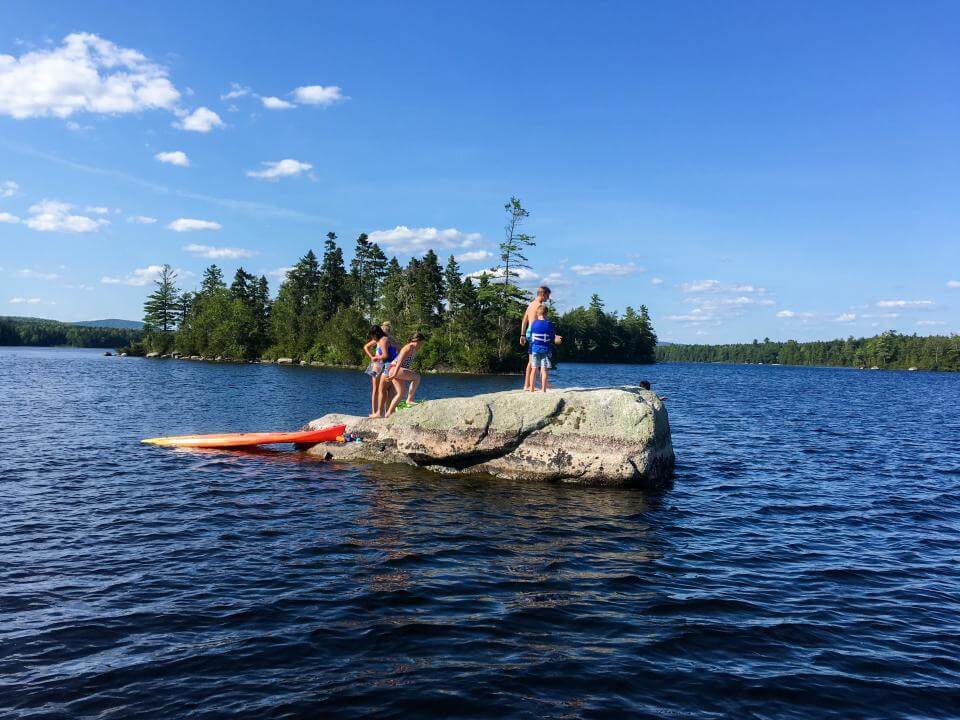 For rural regions like Downeast Lakes, residents have historically enjoyed access to private forests for hiking, hunting, and other activities.Photo credit: Downeast Lakes Land Trust
For rural regions like Downeast Lakes, residents have historically enjoyed access to private forests for hiking, hunting, and other activities.Photo credit: Downeast Lakes Land Trust
The new parcel provides residents with enhanced opportunities to enjoy the outdoors. A community firewood program allows them to gather wood from the forest so they can heat their homes at no cost. The forest expansion also gives people in Bangor, the state’s third-largest city, faster access for a variety of outdoor recreation, including fishing, paddling, swimming, and hiking.
“It’s really strategic because of its location,” said Betsy Cook, our state program director for Maine, referring to the expansion. “It’s an hour closer to Bangor, a big population center, than any other part of the community forest.”
Plans call for creation of a new campsite on Sysladobsis Lake and a boat launch for kayaks and canoes. In addition, the 2,015-acre parcel will provide public boat access for the first time to the smaller Horseshoe Lake nearby.
Worry about the impact of development on the lake and surrounding region sparked the expansion. Residents and visitors alike enjoy the rugged landscape, one that has remained unchanged for many decades. The Downeast Lakes region—an inland expanse of eastern Maine studded with pristine lakes—has more Registered Maine Guides per capita than any other area of Maine.
The campaign to expand the community forest was hatched around a picnic table, recalls Steve Norris, owner of The Pines Lodge and Camps on the shores of Sysladobsis Lake.
Situated on the lake’s south shore, Norris’s lodge dates to 1884 and has attracted generations of wilderness seekers and outdoor enthusiasts, including President Calvin Coolidge. The Pines Lodge consists of five cabins surrounding the main building, where guests dine, as well as two cabins on nearby islands. Norris feared development of the northern shore would irrevocably alter the fabric of the lake.
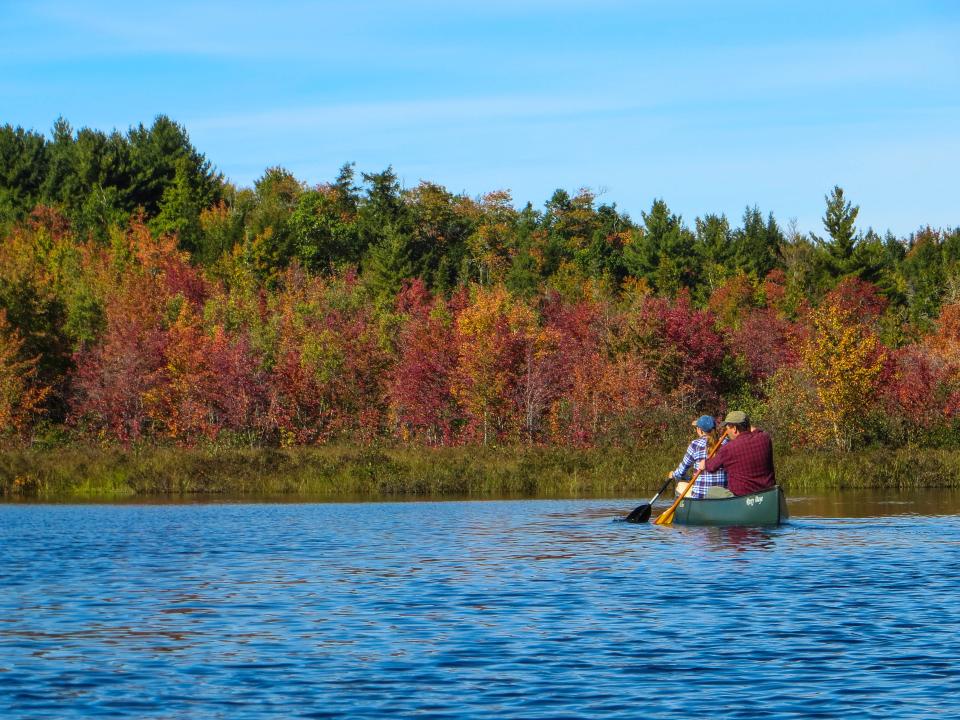 Plans call for creation of a new campsite on Sysladobsis Lake and a boat launch for kayaks and canoes.Photo credit: Downeast Lakes Land Trust
Plans call for creation of a new campsite on Sysladobsis Lake and a boat launch for kayaks and canoes.Photo credit: Downeast Lakes Land Trust
“We cater to the traditional outdoor sportsman and woman, not just for hunting and fishing but kayaking and canoeing—all of that,” he pointed out. “If this had become a subdivision, there may have been additional people who would come and eat at our facility and have relatives stay with us. But it would have changed the way we have done things for 135 years.”
For rural regions like this one in Maine, residents have historically enjoyed access to private forests for hiking, hunting, and other activities, usually through informal agreements with large landowners or local timber companies. Housing development threatens that access, however. So, too, does out-of-state (and even international) ownership by timber firms that may not appreciate, or abide by, longstanding regional traditions of public access.
A 2017 report by Harvard scientists and others found that 65 acres of forest in New England were lost to development every day. Moreover, land conservation had declined precipitously, the study showed, from 333,000 acres a year in the early 2000s to only 50,000 acres. Funding was also down.
In 2019, Norris and a group of like-minded residents from the area surrounding the nearby town of Lakeville reached out to us for help. Soon after, the Downeast Lakes Land Trust joined the effort.
“We were terribly enthused about saving the lake area,” Norris recalled. “But it was getting to be more complicated than a few guys around a picnic table could take on. This project would never have happened without the expertise of the Trust for Public Land.”
The Downeast Lakes Land Trust, based in Grand Lake Stream, was also grateful we stepped in. The Downeast Lakes Land Trust would have had to set aside other projects to focus on this acquisition, something it lacked the resources to do.
“The Trust for Public Land brings national recognition and resources to bear,” said David Montague, the Land Trust’s president and chief executive officer. “There are folks on TPL’s staff who are experts in grant programs within the state and federal systems. We are a staff of six, and while we’re deeply engaged with the local community, a project on this scale would have been a big lift for us on our own.”
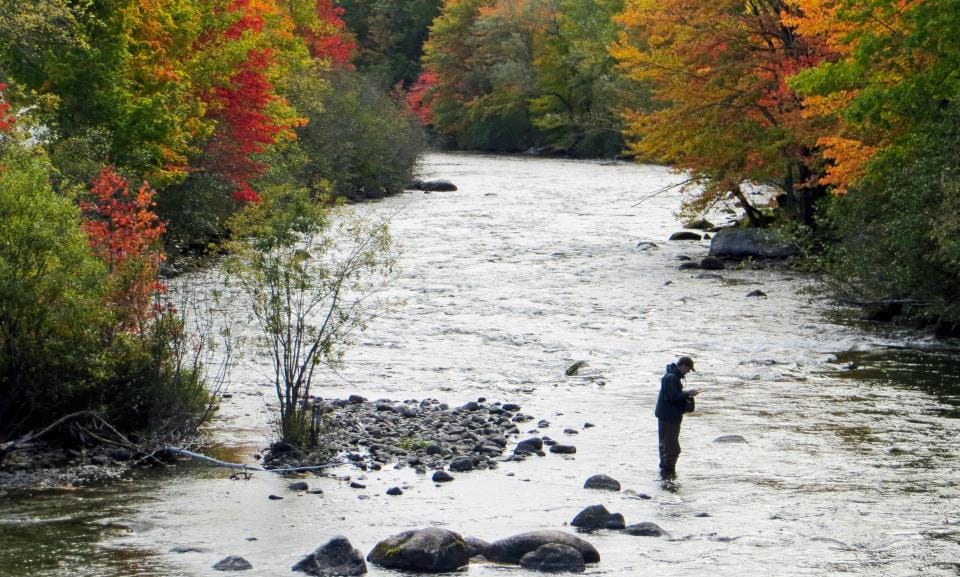 The Downeast Lakes Community Forest spans numerous lakes, which are prized by anglers for landlocked salmon, brook trout, and smallmouth bass. Photo credit: Downeast Lakes Land Trust
The Downeast Lakes Community Forest spans numerous lakes, which are prized by anglers for landlocked salmon, brook trout, and smallmouth bass. Photo credit: Downeast Lakes Land Trust
Like many of the conservation projects we take on, funding was assembled from a number of sources. The conservation partners had to move quickly, however, since the seller wanted full market value. Cook said money toward the $2,180,000 purchase came primarily from the U.S. Forest Service’s Community Forest Program, the U.S. Fish and Wildlife Service’s North American Wetlands Conservation Act, and the Land for Maine’s Future Program, the State of Maine’s primary public funding program to protect natural and recreational resources. In addition, Poland Spring ORIGIN® 100% Natural Spring Water, a proud supporter of environmental conservation projects that help maintain and improve America’s natural spaces, donated $300,000.
The Downeast Lakes Land Trust, which will own the new addition, plans to let the property recover from the aggressive harvesting that took place there. As with the original community forest, the group eventually plans to sustainably harvest trees on the new addition with an eye toward enhancing biodiversity and healthy ecosystems. The revenues from those sustainable harvests help maintain roads, remove invasive species, restore habitat, and pay property taxes. (As a nonprofit, the Land Trust could file for a tax exemption, but it instead chooses to support the local tax base.)
The community forest spans numerous lakes, which are prized by anglers for landlocked salmon, brook trout, and smallmouth bass. Wildlife is abundant: moose, white-tailed deer, black bears, bobcats, and at least 180 species of birds. The economy relies on these resources, which provide jobs for guides, sporting camp workers, artisans, and foresters.
“The difference between a forest owned by a conservation nonprofit and one owned by a timber company is that we have a long-time horizon,” Montague explained. “We might not have timber revenue for several decades. But one day we’ll have a healthy forest that is managed conservatively and contributes to the local economy and the way of life that has sustained this area for generations.”
Lisa W. Foderaro is a senior writer and researcher for Trust for Public Land. Previously, she was a reporter for the New York Times, where she covered parks and the environment.
Despite the importance and popularity of our forests, they face unprecedented threats. Take action now and urge Congress to protect our country’s forests by signing our petition today!


Donate to become a member, and you’ll receive a subscription to Land&People magazine, our biannual publication featuring exclusive, inspiring stories about our work connecting everyone to the outdoors.
See how our supporters are helping us connect people to the outdoors across the country.


